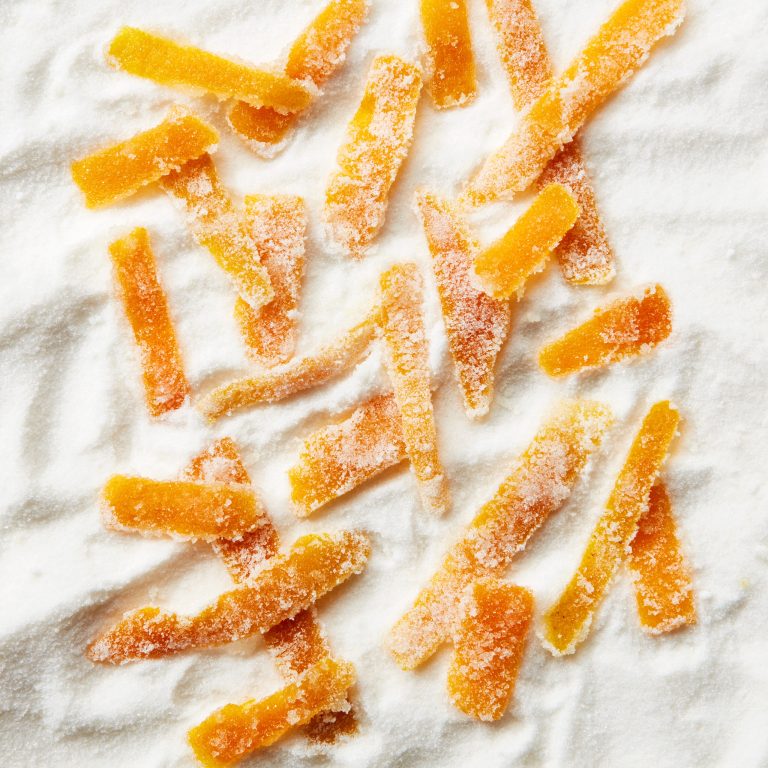Cubannspired Millet: A Nutritious Twist on Cuban Cuisine
Cubannspired Millet is a unique fusion dish that combines the rich flavors of Cuban cuisine with millet, an ancient grain known for its health benefits. This dish takes traditional Cuban recipes and incorporates millet in place of rice or other common grains, resulting in a nutritious and flavorful meal. Millet offers high magnesium, manganese, and phosphorus levels, making Cubannspired Millet a wholesome choice, whether for lunch or dinner.
Historical Influence Of Cuban Cuisine On Modern Dishes
Cuban cuisine has profoundly influenced modern dishes with its blend of Spanish, African, and Caribbean flavors. Staple ingredients such as rice, beans, and plantains reflect a rich history of cultural exchanges and adaptations. Influences from Spanish settlers introduced a variety of spices, while African slaves contributed methods of cooking and additional ingredients. The resilience and creativity of Cuban cooks have turned these influences into unique dishes that resonate with people worldwide. Cubannspired Millet represents a modern interpretation that honors these traditions while incorporating the health benefits of millet.
Culinary Features of Cubannspired Millet
Key Ingredients and Flavor Profile
Cubannspired Millet incorporates a variety of key ingredients that define its unique flavor profile. Core ingredients include millet, black beans, plantains, garlic, and bell peppers. These components create a balanced and savory dish, enriched by traditional Cuban spices such as cumin, oregano, and bay leaves. You’ll find that the natural nuttiness of millet complements the richness of beans and the sweetness of plantains. These flavors seamlessly blend to offer a dish that’s both hearty and aromatic. To elevate the taste, consider adding a splash of lime juice and a sprinkle of cilantro, enhancing the Cuban essence.
Nutritional Benefits of Millet in Your Diet
Millet offers numerous nutritional benefits, making it an excellent addition to your diet. This ancient grain is rich in essential nutrients, including magnesium, phosphorus, and B vitamins. A single cup of cooked millet provides approximately 6 grams of protein and 2 grams of dietary fiber, supporting muscle health and digestion. Additionally, it’s gluten-free, making it suitable for those with gluten sensitivities. By integrating millet into traditional Cuban recipes, you not only enjoy a flavorful meal but also benefit from its heart-healthy properties, including lowering blood pressure and improving overall cardiovascular health.
Cooking Techniques for Cubannspired Millet
Traditional Methods vs. Modern Adaptations
Traditional cooking techniques for Cubannspired Millet include slow-cooking and soaking. Slow-cooking often produces a more profound flavor. Soaking the millet for at least two hours before cooking ensures it absorbs flavors from other ingredients. Traditional Cuban recipes often involve using a caldero, a heavy pot that evenly distributes heat. Cumin, oregano, and garlic are essential spices used in most dishes. Incorporating these methods maintains authenticity.
In terms of modern adaptations, using a pressure cooker or an Instant Pot can save time. Adding pre-roasted vegetables or using canned black beans streamlines the cooking process. Though these adaptations may compromise some flavor depth, they offer convenience. Using a rice cooker for millet can simplify grain preparation. Modern methods help those with busy schedules enjoy Cubannspired Millet.
Tips for Perfecting the Dish at Home
To perfect Cubannspired Millet at home, start with quality ingredients. Use organic millet if possible, and fresh spices to enhance the dish. Balance flavors by adjusting the seasoning—taste as you cook. Cooking millet to the right texture is crucial; it should be tender yet slightly firm. Overcooking turns it mushy.
Cook millet separately first—similar to preparing rice—to control texture. Sautéing garlic and onions in olive oil before adding other ingredients builds a flavor base. Incorporate black beans and plantains towards the end to maintain their texture. Fresh lime juice and chopped cilantro should be added before serving to bring a zesty touch. Practicing these tips ensures your Cubannspired Millet remains delicious and authentic.
Serving Suggestions for Cubannspired Millet
Best Pairings and Accompaniments
Pairing Cubannspired Millet with complementary dishes enhances its flavor profile. Serve it alongside:
- Grilled Vegetables: Zucchini, bell peppers, and eggplant pair well, offering a robust, smoky taste.
- Tropical Salads: Mango, avocado, and jicama salads bring a refreshing contrast.
- Protein Options: Grilled shrimp, chicken, or tofu provide additional texture and protein, complementing the nutty millet.
Creative Serving Ideas
Use innovative presentations to elevate your Cubannspired Millet. Consider:
- Stuffed Bell Peppers: Hollow out bell peppers and fill them with millet for a colorful, nutritious dish.
- Millet Bowls: Layer millet with black beans, plantains, and avocado in bowls for a well-rounded meal.
- Taco Fillings: Use Cubannspired Millet as a filling for soft tacos, topped with salsa, lime, and cilantro.
Incorporate these ideas to make your Cubannspired Millet an unforgettable culinary experience.
Conclusion
Cubannspired Millet is a delightful fusion that brings the vibrant flavors of Cuba to a nutritious grain. By combining millet with black beans, plantains, and traditional spices, you create a dish that’s both flavorful and healthy. Whether you stick to traditional cooking methods or opt for modern conveniences, the key is in the quality of ingredients and balancing the flavors.
Don’t forget to experiment with serving suggestions like stuffed bell peppers or millet bowls to keep your meals exciting. With a little creativity, this dish can become a staple in your culinary repertoire, offering a unique and satisfying dining experience.






